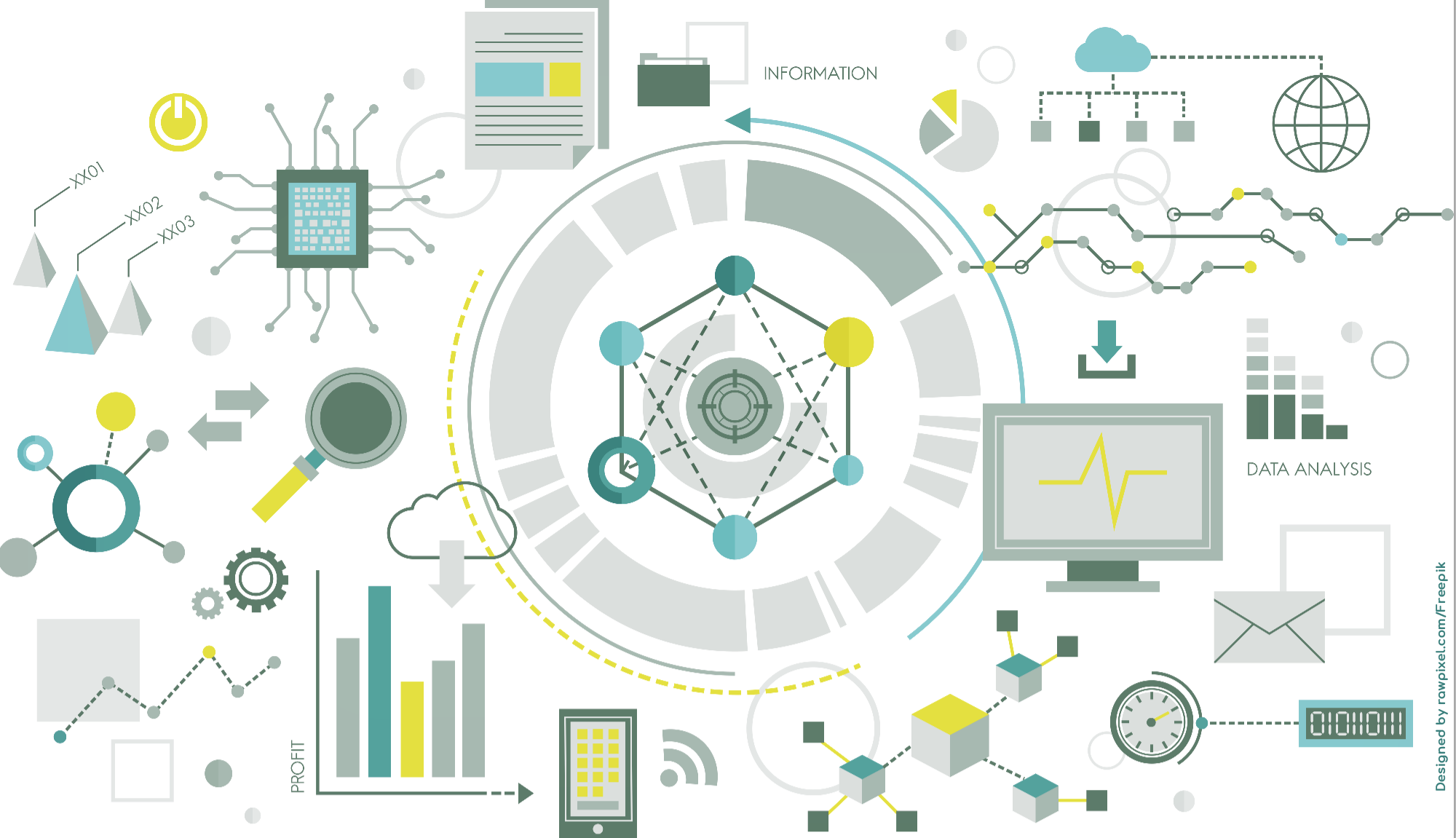In both my personal and professional life, I use various services every single day. Whether it’s accessing my emails on my smartphone or ordering food when I’m short on time—services are everywhere. No matter where you look, different industries provide their services to customers. They sell their service as a product. By the way, I’m no different. 😉 With this daily exposure, I like to observe how these services are delivered and how I’m assisted—more or less successfully—in using them. Sure, ordering food might seem simple. Grab the takeaway menu from the “just-in-case” drawer, pick a dish, call and place the order. Or open a food delivery app on your phone, browse through countless options, choose one, and place the order. Sounds simple? That’s exactly how it should be—for the customer. But for the companies behind it, there’s a lot more to consider and implement. Let’s take another example. Imagine you work in a corporation or a very large company. Within this company, there are various departments that all have one thing in common in their daily operations: they use different services provided by the internal IT. So far, so good—if everything works! But when something doesn’t work, things can get hectic because it significantly impacts daily productivity. In almost all cases, employees then open a ticket with the internal IT service desk. How? There are several ways—but more on that later. Let’s assume the ticket has been opened. Now the internal IT begins to look for a solution. In many cases, this process takes longer than four hours. And four hours can mean partial work downtime—equivalent to one FTE—for half a day. For those affected, this feels like a long time and leads to dissatisfaction. And that brings us right to the point of what defines good service. The perception and emotions of the people using the service entirely influence their assessment of that service. Objectively speaking, four hours is actually a very reasonable resolution time, especially considering all the work the IT does behind the scenes. In most cases, it’s a great turnaround for solving a problem. So how can we positively influence perception? Through communication! Communication with the customer is always key. Because in the end, we don’t necessarily want our problem solved right now. What we want is to understand what’s being done to help us. We want to be seen and understood in our problem. When this need is met, we experience what feels like good service. So, a service is not just the provision of a task or function. It’s much more than that. It’s about showing understanding, communicating, being empathetic, responsive, efficient, and effective. Altogether, that’s what makes an excellent service. In our next blog post on the topic “Service?! What Was That Again?”, we’ll explore how internal IT can use its services to boost user satisfaction—and in doing so, also gain more time.
Service?! What Was That Again?







